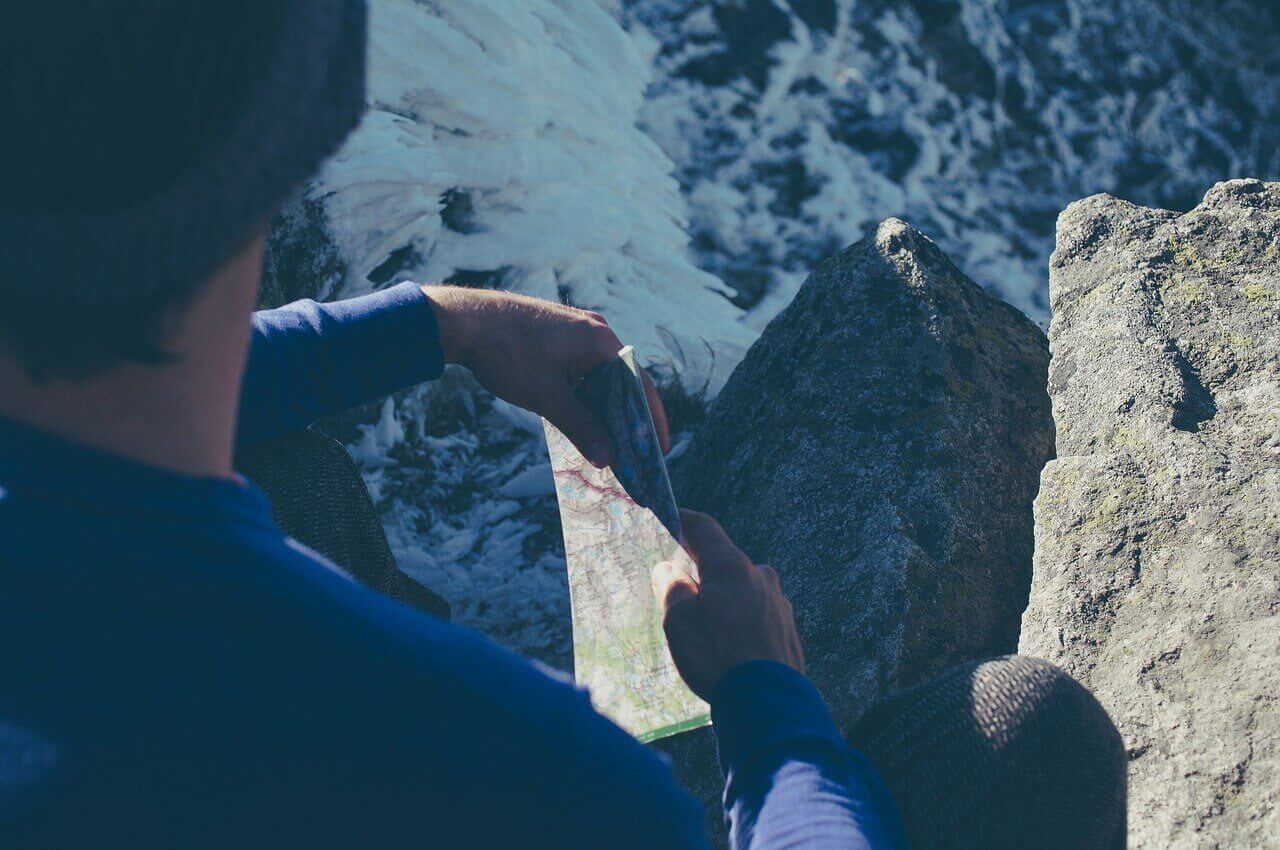Having to find a lost friend or loved one would be a scary situation. Thousands of people get lost each year while enjoying the outdoors. While most of them are found within hours, some aren’t found at all. Your life depends on your knowledge and how easy people can find you if you need help. If you think someone you know is lost follow these few steps first;
- Try and contact them by cell phone or radio if you have them.
- Go to the parking spot and look for clues.
- If you are familiar with the area, stay on the path and call their name.
Most of these simple options can help you contact your missing friend or help your friend find you. Contacting the authorities, a couple hours after you think someone is lost, may just be jumping the gun. The last thing you want is to take resources away from authorities if you don’t have a real lost hiker.
Report A Lost Hiker
If you are sure your hiker is lost, by all means, call authorities and report a lost hiker. Call the authorities and give them all the information you have along with the planned hiking information. Hopefully, you have the plan available that the hiker had made before going on the adventure. This should list a topographical map with the drawn-out route, times of departure and arrival with expected rest areas, and times of rest at each stop. All of this will help rescuers to estimate where the lost hiker could be.
Authorities will contact all the organizations needed, such as rescue associations in the area and medical services, if needed. The rescue organization in the area will most likely organize separate groups to search areas dependent on the information provided by the person that contacted authorities. This is always the first step, and then as they search these starting points, they will fan out.
Signals
Not only are searchers looking for the hiker; they will be looking for key signals that may have been left by the hiker.
-
Shoes and specifically the tracks of the hiker
-
Signs that the hiker may have left the trail
-
Why the hiker may have left the trail
-
Broken branches and even bent over blades of grass
-
Signs of injury like blood, drag marks, and gear left behind
-
Trail signals like rock groupings or stick arrows
-
The help signals of groups of 3
-
Sounds that may be made by the lost person
-
Smell of a campfire
-
Sight of smoke
These are just a few of the common things good rescuers look for. It also depends greatly on the clues of the hiker and their experience.
What Can You Do?
While rescue authorities are on the search, it’s best to let them do their job. Getting other people lost while trying to help just takes away resources from the lost person. When the search crews are not searching, feel free to organize your own search party. With proper equipment, you may be able to help. Some of my suggestions are as follows.
-
Megaphone to help lead the person to you
-
Medical equipment
-
Use your ears to hear the call for help
-
GPS
-
Maps both topographical and satellite maps
-
Groups of people
Stay organized; having a lone wolf take-off into the woods is not a safe way to handle a search. Remember, the most important person of the situation is the lost person. Staying united in teams searching area by area is the fastest most thorough way to find them.
Search Dogs
Search dogs are an invaluable tool. A well-trained canine can track and smell things you won’t be able to notice. Rescue teams use these amazing animals to help look or go where we can’t. Many rescue operations have been successful because of man’s best friend! Not only are the search dogs amazing. The dog handlers can read the dogs’ movements and barks just as if they were speaking the same language.
Aerial Search
Authorities will use helicopters and airplanes to search. This can be really difficult to find people this way unless they are in a clearing. Aerial searches are most productive at looking over river banks, lake edges and tree clearings. Some of the things they will be looking for are international calls for help like groups of 3 or 3 sounds (three shots from a firearm) and smoke or things that shine (signal mirror). Now search crews are also using drones. Once a toy, drones have quickly become an invaluable tool for search and rescue. Drones can get to places where other aircraft can’t go. Drones cost less to operate, and that means more can be used in areas to speed up the search process.
Is the Lost Hiker Coherent?

Remember, you may not always be looking for a coherent person. They may be unable to call for help or signal. You could possibly be feet away from the lost person, and unless they signal, you may pass right by them. Don’t leave anything to chance. Look on all sides of fallen trees, boulders, ledges and even bushes. A weak person could sleep through an army going by. They may have even used leaves and branches to protect them from the elements.
This information is meant to help you understand the process of finding a lost hiker. You can understand that you can assist in the effort to find your loved one. Working together with authorities will assure the best turnout in finding that lost hiker.


